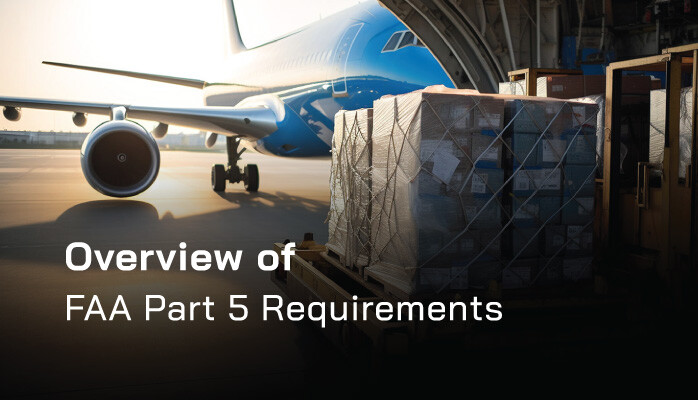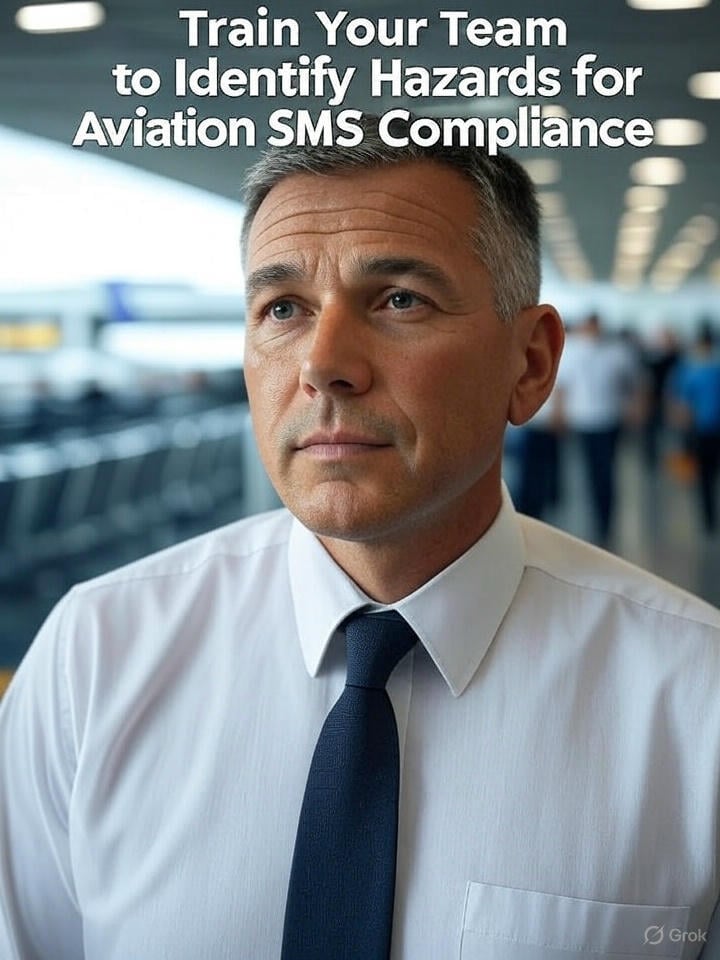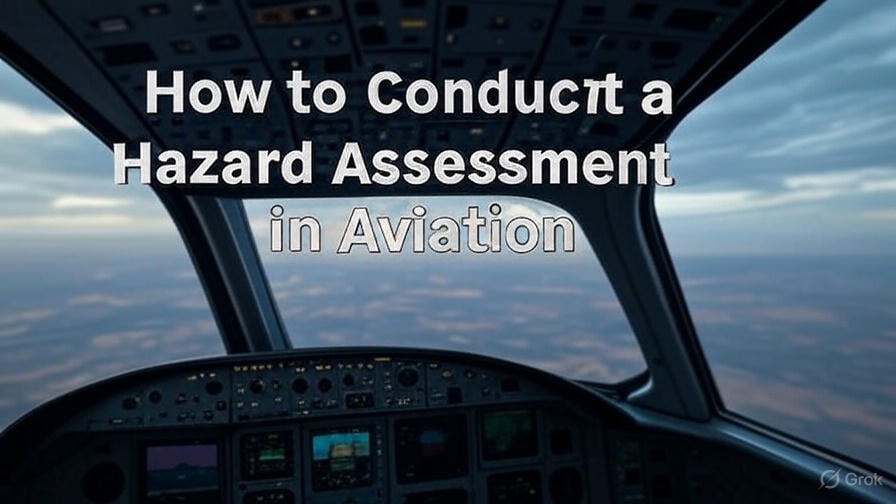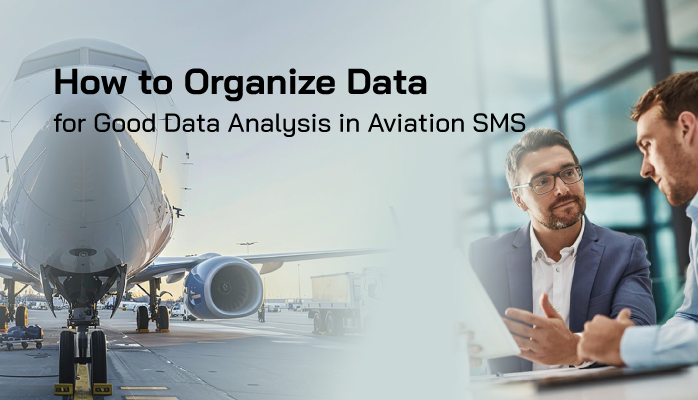As a new aviation safety manager, one of your most critical responsibilities is identifying hazards that could compromise the safety of your operations. A robust hazard identification process is the cornerstone of an effective Safety Management System (SMS), ensuring compliance with regulations from the Federal Aviation Administration (FAA), European Union Aviation Safety Agency (EASA), and International Civil Aviation Organization (ICAO).
This guide provides a step-by-step approach to developing a formal process for identifying hazards in aviation operations, complete with practical examples and compliance tips.













